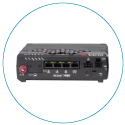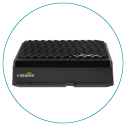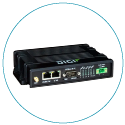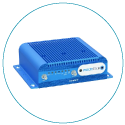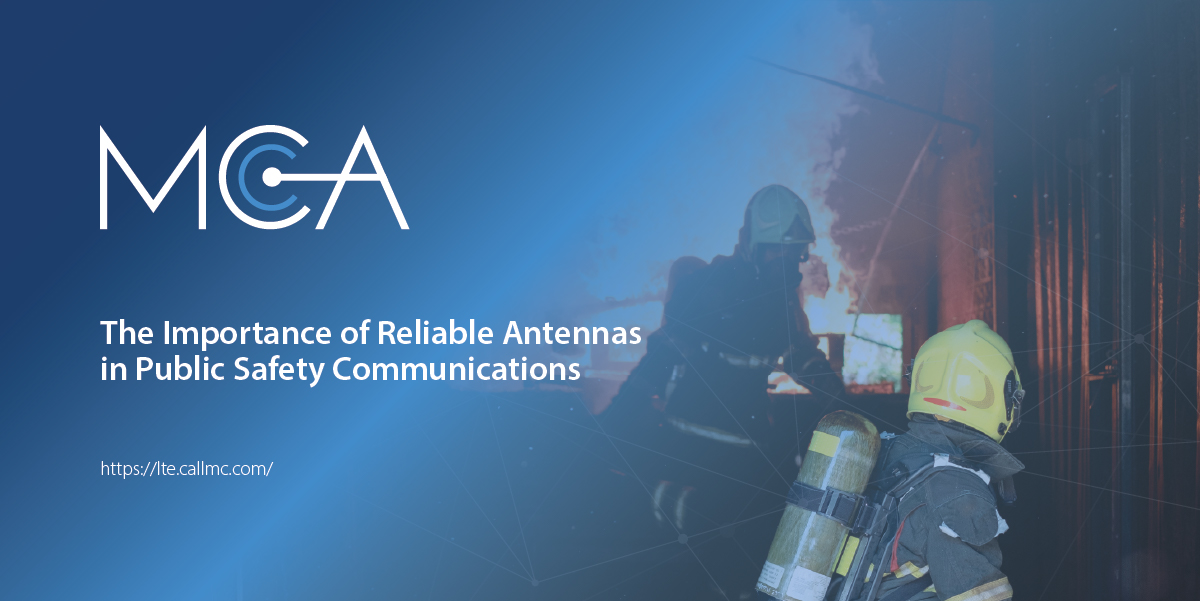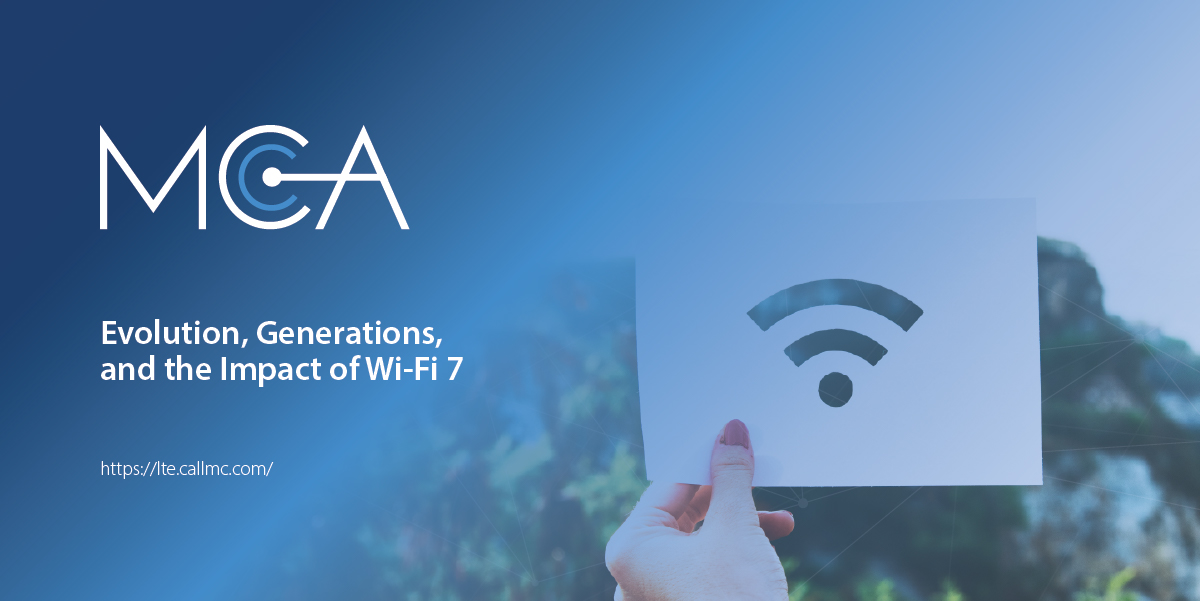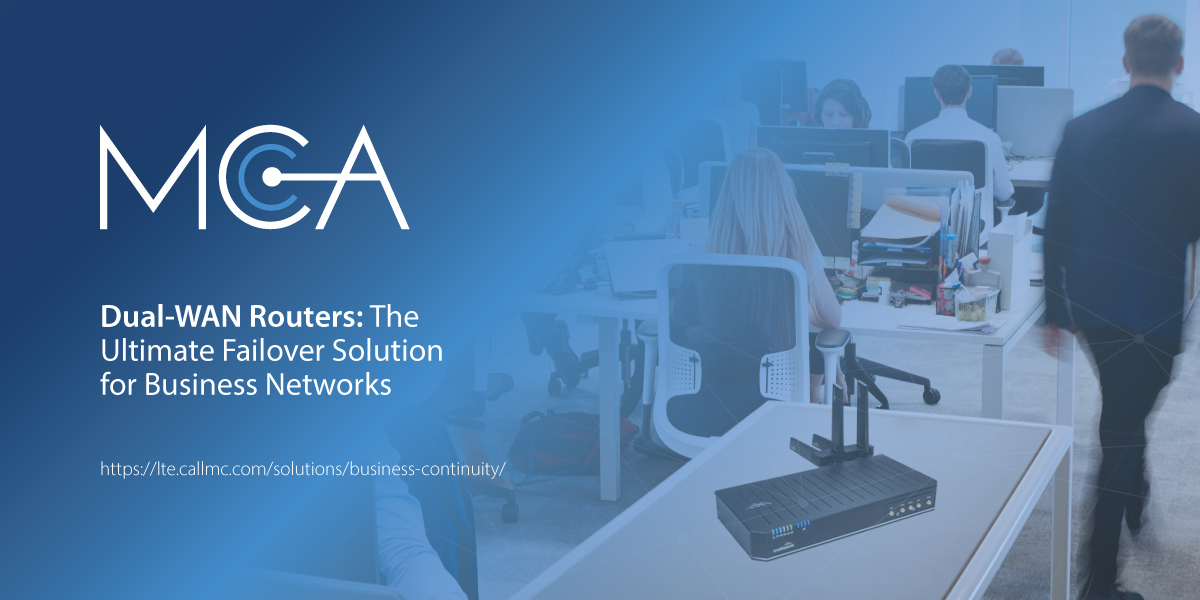Anticipated Network Sunset Dates by Cellular Carrier
Major networks in the U.S. and worldwide are beginning (or finalizing) setting their 2G and 3G networks in favor of 4G long-term evolution (LTE) and 5G technologies.
Below is the 2G, 3G, and LTE sunset date schedule for the major US Carriers.
Verizon
2G
- 6/30/2018: Last day to add 2G-CDMA devices and 3G-EVDO devices on the Verizon Network
- 12/31/2019: Network sunset.
- No guarantee of 2G services beyond this date, including for emergency calls.
3G
- 2018: Verizon stopped activating new 3G devices
- 2021: Verizon announced they would no longer support certain types of troubleshooting for 3G devices
- 12/31/2022 - Network sunset.
- No guarantee of 3G services beyond this date, including for emergency calling.
AT&T
2G
- 12/31/2016: Network sunset.
- Devices using 2G will not be able to send or receive calls or text messages, including emergency and 9-1-1 calls.
3G
- 3/1/2021: Network sunset.
- 3G sunset impacts all devices using 3G connectivity, including mobile devices, security systems, IoT sensors, and more.
LTE
- 12/31/2027: AT&T has committed to operating its LTE network through the end of 2027.
T-Mobile (Including Sprint)
T-Mobile 2G
- 6/12/2012: Partial network sunset.
- 75% of T-Mobile 2G capacity was shut down, primarily affecting mobile phones and tablets; M2M devices remained operable on 2G.
- 4/2/2024: Full network sunset.
- This final network decommissioning includes access for all M2M and IoT devices.
T-Mobile 3G
- 5/31/2022: Network sunset date extended.
- 7/1/2022: Network sunset.
Sprint 3G CDMA
- 1/1/2022: Anticipated network sunset. Date extended.
- 3/31/2022: Network sunset.
Sprint 4G LTE
- 6/30/2022: Network sunset.
How To Prepare for Network Sunsetting
How to Avoid the Chaos of 2G/3G Sunset
When AT&T turned down its 2G network in 2017, around 70% of San Francisco's buses and trains disappeared from the NextMuni system map, which tracks vehicle locations in real time and predicts arrival times. The San Francisco Municipal Transportation Agency (SFTMA) then faced weeks of mounting public pressure while it scrambled to upgrade its legacy monitoring devices.
Companies that have deployed Internet of Things (IoT) solutions that rely on 2G and 3G cellular-based devices may soon face a similar disruption.
Major networks in the U.S. and worldwide are beginning to sunset their 2G and 3G networks in favor of 4G long-term evolution (LTE) and 5G technologies.
This transition will be incredibly challenging for end-to-end IoT solutions because the carrier technology is typically interlinked with several other components of the platform, including devices, device applications, SIMs, gateways, business applications, and cloud platforms. This means failing to plan and implement a transition now could result in major business disruption and great pain for customers when critical IoT platforms suddenly go dark.
4-Step Solution for the Impending 2G/3G Sunset
Step 1: Perform a Comprehensive Audit
Assess the current situation and determine which module, network and solution architecture will be impacted and what it will take to update or replace them—or whether an altogether new technical architecture needs to be built. It's then critical to build out a realistic implementation timeline.
A key decision will be whether to move to low-cost LTE-M—a Low Power Wide Area (LPWA) technology specifically designed for IoT devices to provide far greater coverage, capacity, and battery life—or to wait in the hope that 4G LTE technology costs will come down sufficiently, which also means taking the risk that your IoT transition won't be completed in time.
Step 2: Evaluate Your IoT Needs
Companies need to develop a clear understanding of their operational requirements. For example, a company that uses mainly battery-powered devices will benefit most from low power consumption. A company that must track mobile assets through remote regions must be able to maintain connectivity even in these areas. These companies will likely want to select LPWA or satellite connectivity, designed to solve the challenges of poor cellular network coverage.
Companies that require high data bandwidth or do not need to use battery-powered devices may prefer a 4G LTE solution. In addition to the specific application's requirements, choosing the right solution will also depend on the business sector, the cellular coverage in those areas, and the geographies involved.
Undoubtedly, performing a comprehensive evaluation of the platform and operational requirements is a highly complex task, requiring a deep understanding of the existing systems and the available solutions. If this expertise is not available in-house, it is essential to find a partner to work with.
Step 3: Future-Proofing: Design for the Long-Term
As disruptive as the current redesign may seem, failing to design long-term for the future can result in an even more complex and costly project down the road as network capabilities continue to change and technology evolution naturally occurs.
Most companies will benefit today from taking advantage of LPWA technology. LPWA provides an estimated 5 to 10 times better coverage for IoT devices deployed in remote locations compared to normal LTE, and offers significantly lower power consumption so that these devices can last up to 10 years in service without a battery replacement.
For companies concerned about moving to 4G LTE technology because of the arrival of 5G, it's essential to recognize that 5G is essentially an evolution of 4G, so it is likely companies won't have to re-architect their solutions. The software interfaces between the two technologies will be largely the same, while the modules will be pin-out compatible. A firmware upgrade for LPWA cellular modules will likely be sufficient to move to 5G LTE.
Step 4: Work with a Trusted Partner and True IoT Expert
Choosing the right partner is essential for minimizing the complexity of the transition to new cellular technologies and ensuring a scalable long-term IoT solution. Companies can also ensure that their IoT projects will be managed efficiently and strategically by working with a single partner instead of trying to coordinate multiple vendors and piece together disparate solutions.
USAT provides all the building blocks of an IoT solution, from hardware and connectivity services to a unified platform for managing all the company's devices and connections. Sierra can help companies deploy their products over cellular networks with design assistance, technology expertise, and a comprehensive solution portfolio. Sierra also offers the broadest portfolio of wireless devices, including 2G, 3G, and 4G embedded modules in a common flexible form factor; rugged cellular gateways and routers; Smart SIMs and connectivity services; and secure device management and cloud services.
USAT offers flexibility that no other provider can—you can choose to build or buy your IoT solution, depending on your unique situation.
About USAT
For over 25 years, USAT has provided mobile communications solutions for various retail applications across the USA. With our extensive catalog of world-class routers, gateways, and software designed for remote monitoring and management in even the harshest environments — you can count on us to get and keep you connected.
Better mobile connectivity translates to less manual equipment maintenance, reduced downtime, and an overall increase in your business's ROI. Contact the experts at USAT to learn how our wireless networking solutions can help meet your organization's exacting needs.
Share this Post
